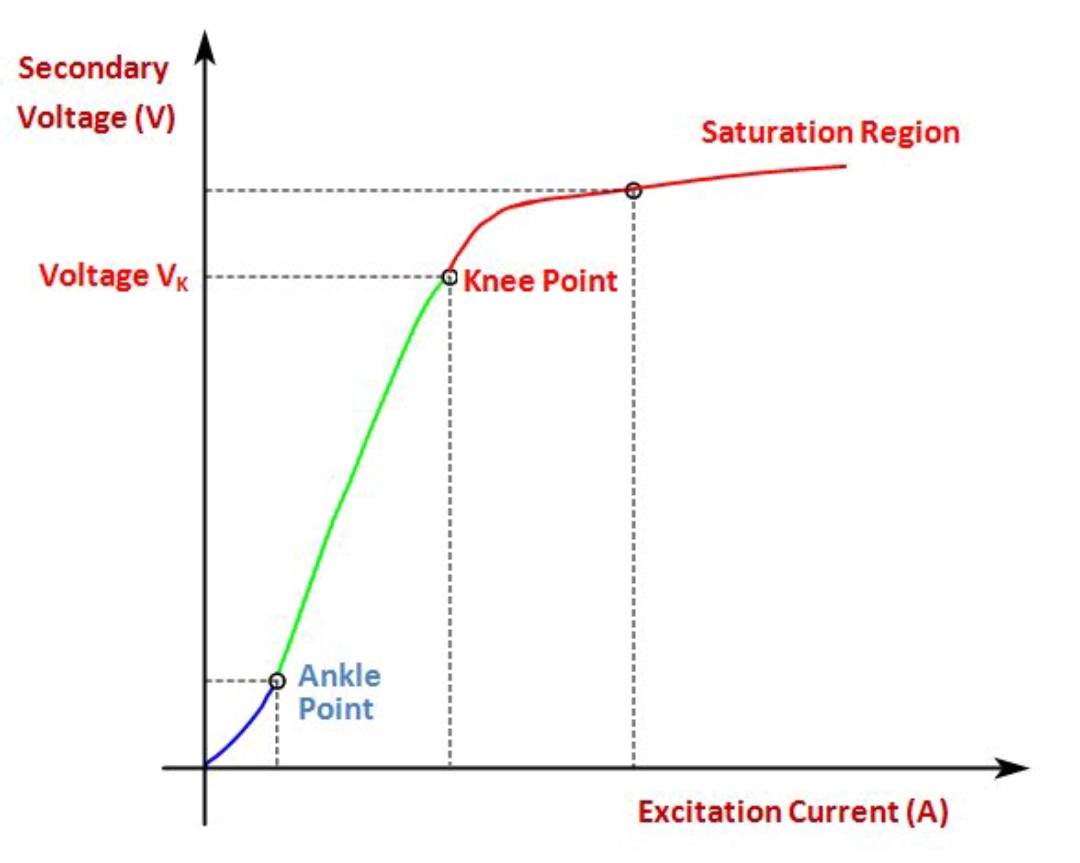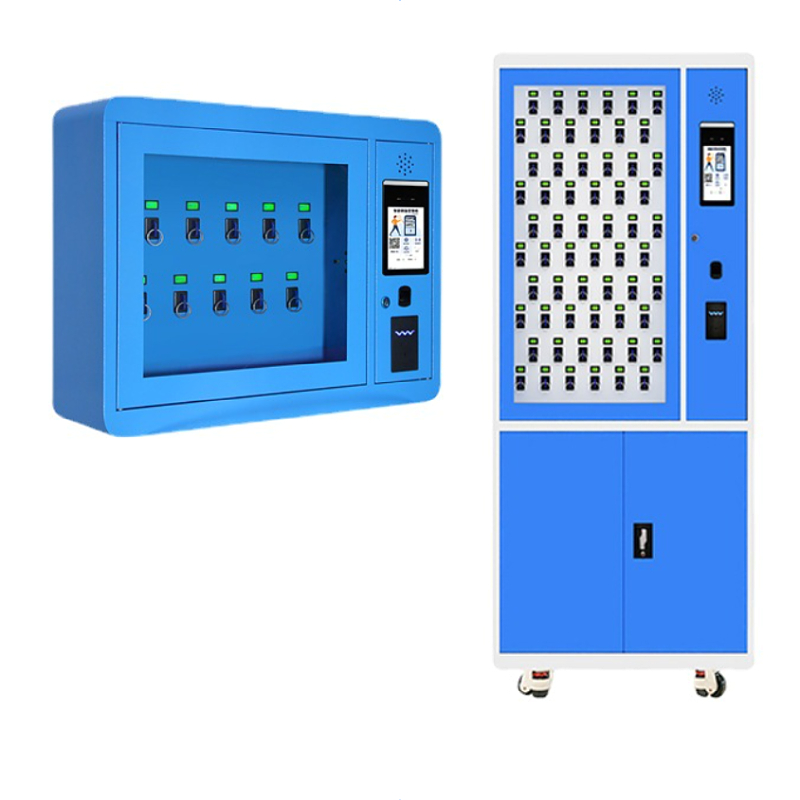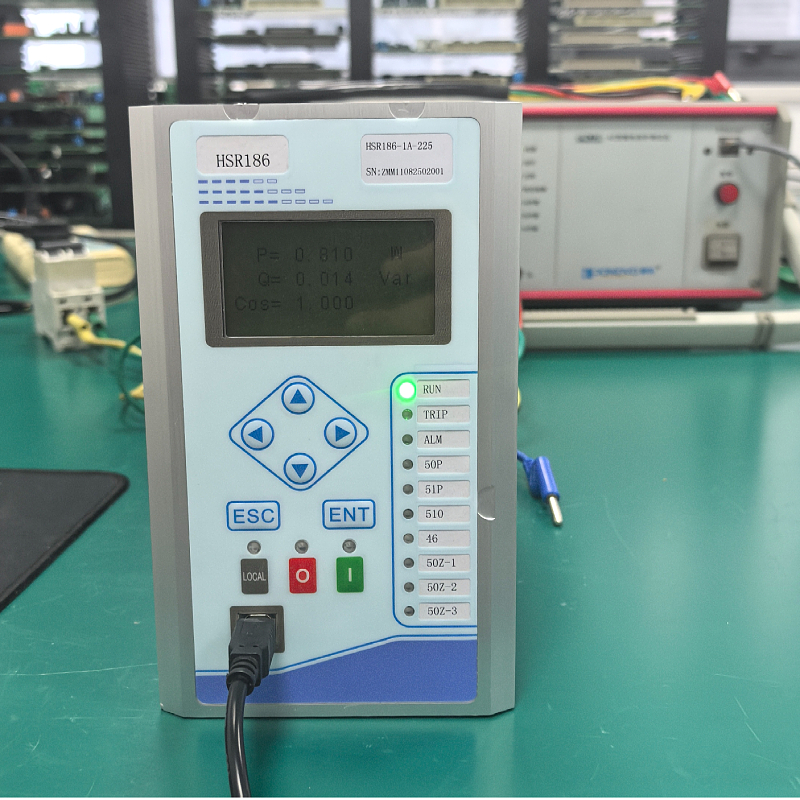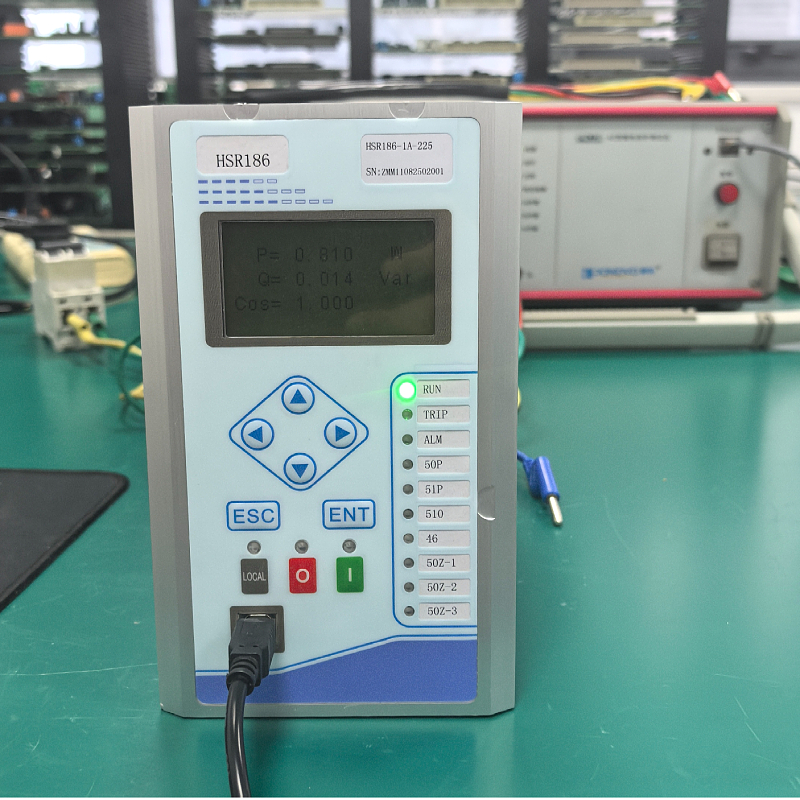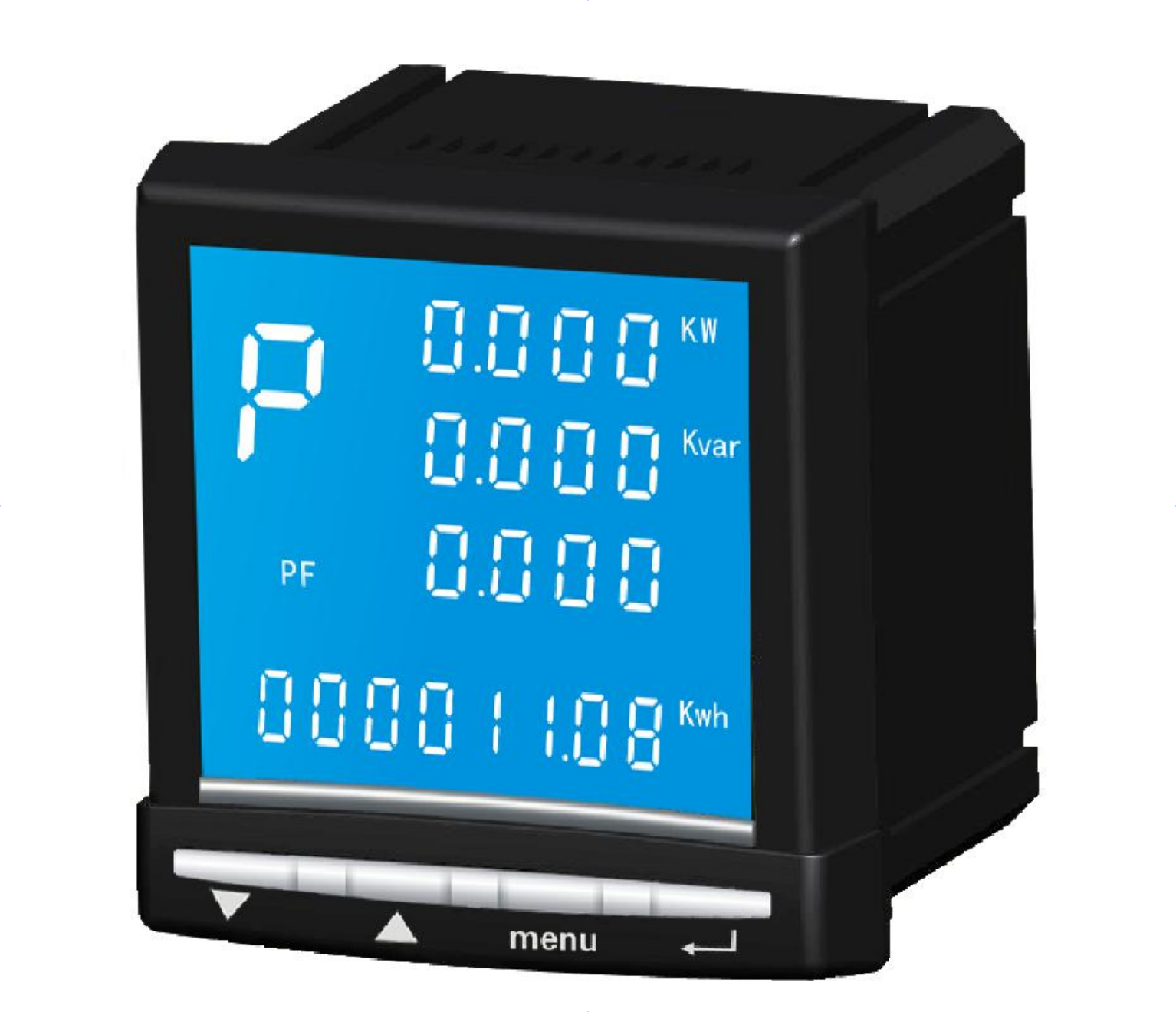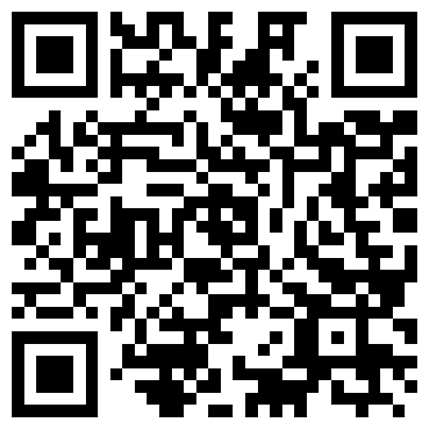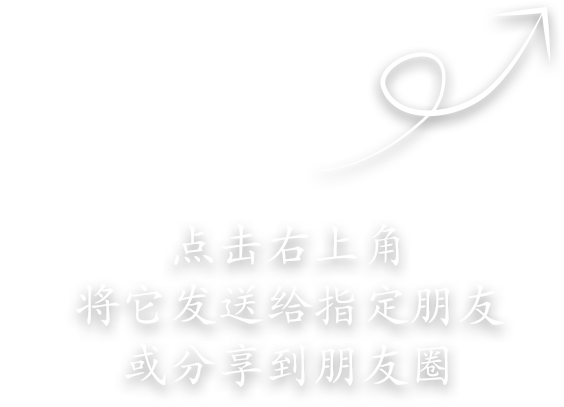When a current transformer (CT) saturates, it can significantly affect the response of an overcurrent relay. Here's a breakdown of how it happens and the potential consequences: ■Understanding CT Saturation
●Normal Operation: A CT accurately mirrors the primary current to a lower secondary current, which is then fed to the relay.
●Saturation: When the primary current exceeds the CT's design limits, the magnetic core of the CT can no longer linearly translate the current. This leads to a distorted secondary current waveform.
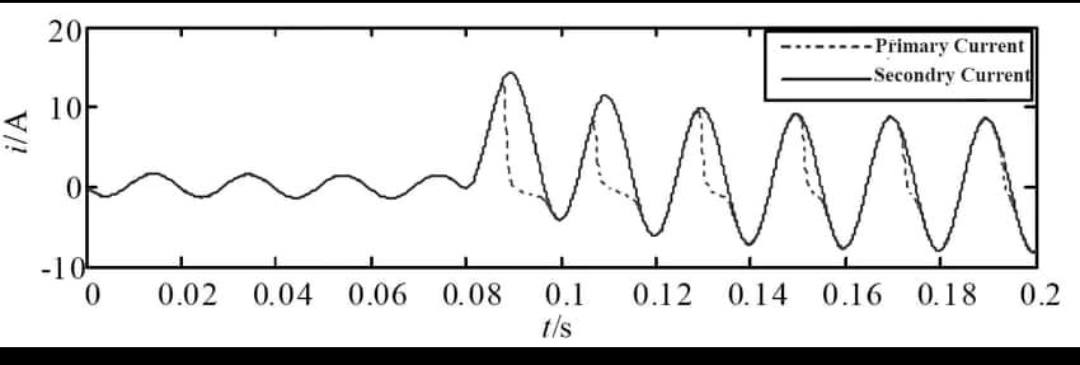
■Impact on Overcurrent Relays
1●Reduced Secondary Current: Saturation effectively limits the secondary current, even if the primary current continues to rise. The relay sees a lower current than actually exists in the primary circuit.
2● Distorted Waveform: The saturated CT produces a non-sinusoidal waveform with harmonics. This can affect the relay's ability to accurately measure the current.
3●Delayed or Failed Tripping: Because the relay sees a lower current, it might delay tripping or even fail to trip altogether, even though a fault condition exists.
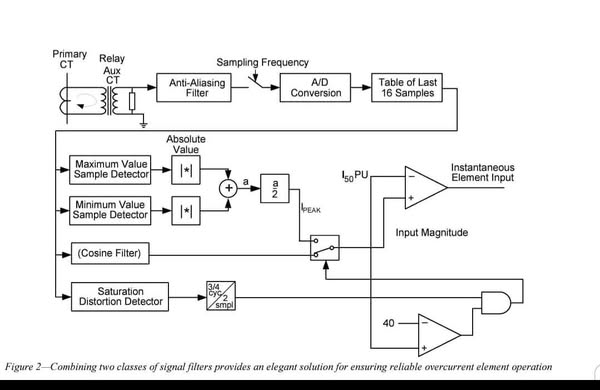
This can lead to: ●Equipment damage: The fault current persists for longer than intended, potentially damaging equipment.
●Safety hazards: Delayed tripping increases the risk of electrical hazards.
●Coordination issues: If a downstream relay fails to trip, an upstream relay might trip unnecessarily, causing wider disruptions.
■Modern Relays and Mitigation Modern digital relays often incorporate features to mitigate the effects of CT saturation:
●Harmonic Restraint: Relays can be designed to ignore certain harmonics present in the distorted waveform.
●Adaptive Algorithms: Some relays use algorithms that can detect saturation and adjust their response accordingly.
■Preventing CT Saturation
●Proper CT Sizing: Selecting CTs with appropriate ratings for the expected fault currents is crucial.
●CT Testing: Regular testing can help identify potential saturation issues.
